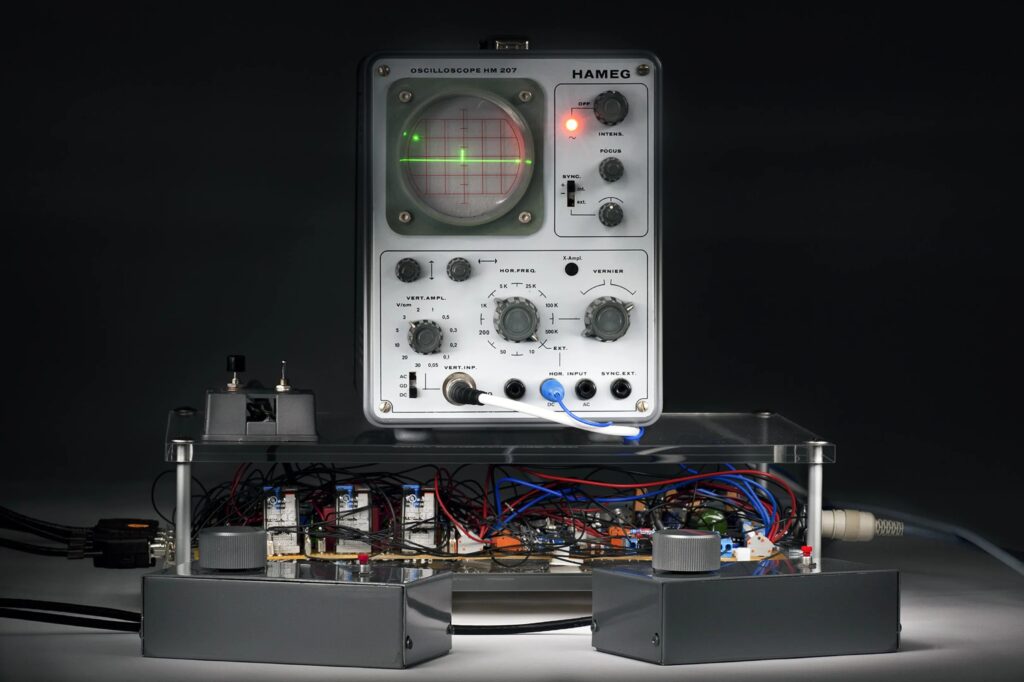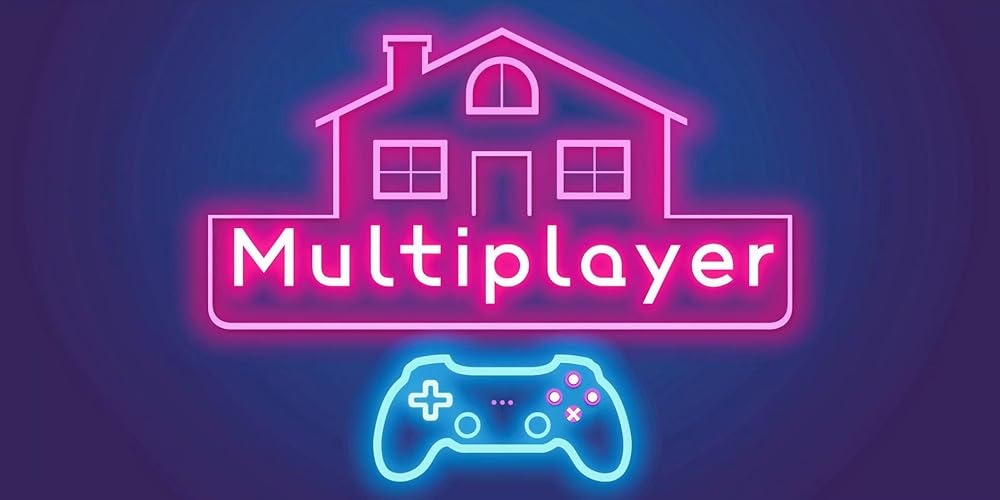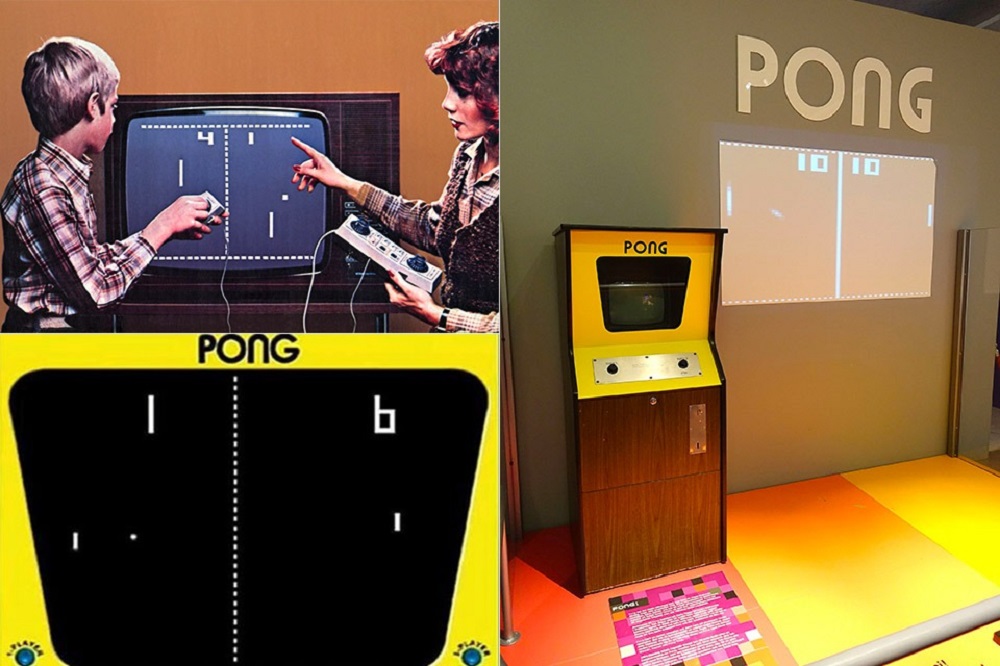Before Wi-Fi, before matchmaking lobbies, before voice chat filled our headsets — multiplayer was personal.
You could hear your opponent breathing next to you. You could feel the tension in the air as you both held controllers tethered by cords, fighting not for online glory, but bragging rights in the living room.
In the pre-internet age, multiplayer gaming was about connection, not bandwidth. It built friendships, rivalries, and memories that shaped how we play together today.
At Oldies Nest, we’re rewinding to explore the legacy of multiplayer before the internet — when cooperation and competition weren’t virtual but visceral.
The Birth of Two-Player Gaming: Sharing the Screen
The earliest examples of multiplayer weren’t complex — but they were revolutionary.
In 1958, Tennis for Two on an oscilloscope let two players rally a glowing dot across the screen. In 1972, Pong made that idea global. Two paddles, one ball, infinite competition.

Those first duels were more than games — they were social events. Whether it was in arcades, living rooms, or classrooms, two-player gaming created instant connection.
As we explored in The Golden Age of Arcades: 1980–1985, early multiplayer experiences were born in shared spaces — public arenas where laughter, frustration, and victory lived side by side.
The Arcade Era: Face-to-Face Competition
Before consoles ruled homes, arcades were the ultimate multiplayer arenas.
They weren’t just about scores; they were about status. Standing shoulder-to-shoulder with strangers, you’d slap a coin on the cabinet — the universal signal for “I got next.”
Games like:
- Street Fighter II (1991) — defined competitive play, precision timing, and fighting game culture.
- Gauntlet (1985) — one of the first co-op dungeon crawlers, with up to four players.
- NBA Jam (1993) — wild 2v2 action that felt like pure adrenaline.
Arcades gave birth to fandom, rivalry, and local legends — the earliest seeds of esports and online clans.
You didn’t need a headset to trash-talk; you just needed confidence and a few quarters.
Couch Co-Op: The Heart of 80s and 90s Friendship
When consoles entered living rooms, multiplayer followed — and got more intimate.
Games like Contra (1987) taught players the joy (and pain) of teamwork. Double Dragon and Teenage Mutant Ninja Turtles: Turtles in Time made cooperation cool.
These games didn’t just entertain; they strengthened friendships.
Every death, every high five, every “Don’t take my life!” became part of the emotional language of gaming.
Couch co-op wasn’t about anonymity — it was about shared experience.
As we discussed in Top 10 Co-Op Retro Games to Play with Friends, these sessions created real-life memories that no leaderboard could replace.
Split-Screen Rivalries: Competition at Arm’s Length
By the 1990s, technology evolved — and so did multiplayer dynamics.
Split-screen gaming arrived, letting two, three, or even four players share one TV.
Mario Kart 64, GoldenEye 007, and Perfect Dark turned bedrooms into battlefields.

- GoldenEye 007 (1997) — the birthplace of modern console shooters. Its four-player deathmatches defined a generation.
- Mario Kart 64 (1996) — friendships forged and broken by blue shells.
- WWF No Mercy (2000) — a wrestling masterpiece where victory was personal.
What made it magical wasn’t graphics or framerate — it was proximity.
You could see your friend smirk after a lucky kill, or their face fall when you stole first place.
That immediacy made every victory sweeter, every defeat unforgettable.
Link Cables and LAN Parties: The Dawn of Connected Play
In the mid to late ’90s, multiplayer began to expand beyond the same screen — but still stayed physical.
Handheld Connections
Nintendo’s Game Link Cable connected Game Boys, enabling Pokémon battles and trades. For kids, it was magic: real connection through a wire.
The simple act of plugging in your cable to another player’s handheld felt like a handshake — a symbolic bridge between two worlds.
PC LAN Parties
Meanwhile, PC gamers were hauling CRT monitors and towers into basements for LAN parties.
Games like DOOM, Quake, and StarCraft turned garages into makeshift battle arenas.
You’d spend hours configuring IP addresses, sharing pizza, and celebrating every frag in unison.
LAN gaming was chaotic, loud, and glorious — a glimpse of the future before broadband made it easy.
The Magic of Shared Discovery
Multiplayer before the internet wasn’t just about winning — it was about learning together.
You discovered secrets, strategies, and shortcuts through collaboration — not wikis.
- “Hold down select at the title screen.”
- “Shoot the wall on the left — there’s a secret room!”
- “Don’t press start yet; I need that life!”
These exchanges were oral traditions, passed from player to player like campfire stories.
Gaming wasn’t just about competition; it was a form of storytelling.
Social Hubs Before Social Media
For many players, multiplayer experiences extended beyond the game itself.
- Arcades were social hubs — you met friends, rivals, and even future partners.
- Couch sessions were bonding rituals — laughter and snacks turning nights into nostalgia.
- Local tournaments became community events — fostering early forms of fandom and sportsmanship.
Gamers weren’t isolated; they were deeply connected — through touch, talk, and time spent together.
This was social gaming before “social gaming” was a buzzword.
The Role of Hardware in Building Connection
Retro consoles didn’t just enable multiplayer — they celebrated it.
- The NES Four Score allowed up to four players in classics like Super Off Road.
- The Sega Saturn Multitap made party gaming a reality with Bomberman.
- The Dreamcast’s built-in modem was Sega’s early step toward online play, but it still prioritized couch gaming first.
Every accessory, from extra controllers to tangled extension cords, was a physical reminder that gaming was a shared experience.
It wasn’t plug-and-play convenience — it was commitment.
What We Lost — and What We Gained
Today’s multiplayer world is bigger than ever: global servers, ranked matches, real-time chat.
But in that growth, something changed.
- We gained reach — the ability to play with anyone, anywhere.
- We lost presence — the laughter, the eye contact, the smack talk that didn’t need a mic.
Before the internet, multiplayer was intimate. You could’t mute your opponent — you had to live the moment together.
And that made it human.
The Legacy That Lives On
The spirit of old-school multiplayer hasn’t died — it’s evolved.
Indie developers now chase that same couch co-op magic in titles like Overcooked, TowerFall Ascension, and Streets of Rage 4.
Retro communities host local tournaments and conventions where physical connection still matters.
As Oldies Nest often reminds readers, gaming’s future is rooted in its past — and that includes how we play together.
Just as we preserve cartridges and consoles, we also preserve moments — laughter, rivalry, friendship — the emotional multiplayer that doesn’t need an online connection.
Keeping these traditions alive means honoring more than hardware — it’s about preserving how games made us feel.
Conclusion: Connection Beyond Cables
Multiplayer before the internet was raw, real, and unforgettable.
You didn’t need Wi-Fi — just a friend, a console, and maybe a bag of chips.
It wasn’t about ping, lag, or updates. It was about the simple joy of being there together.
And that’s why those moments endure. They remind us that gaming, at its heart, isn’t about competition or code — it’s about connection.
So next time you fire up an emulator or dig out an old console, grab a second controller.
Sit down with someone you care about.
And remember: before online multiplayer connected the world, games connected us.




